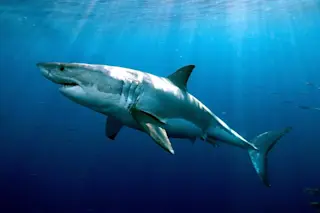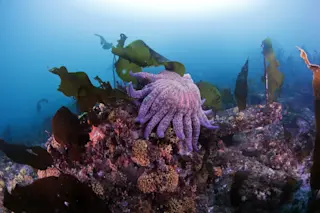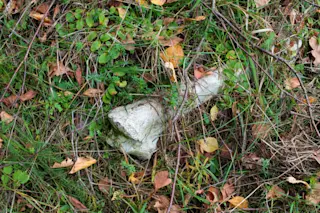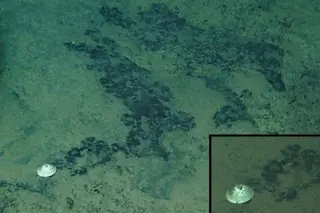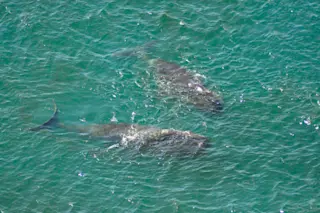What—just because they're called gut microbes, you've been keeping them in your colon? How unoriginal. This is Bankia setacea, also called the Northwest or feathery shipworm. Humans usually pay attention to shipworms only when they perform their namesake activity: burrowing face-first into our boats or docks and eating their way through. Shipworms are bivalves, like clams or scallops, but their shells are shrunken into a set of rasping tools at each worm's front end. Animals that subsist on wood usually need help. Studies of termite guts, as well as wood-eating fish and beetles, have found specialized bacteria that break down the tough plant materials the animals themselves can't. Even humans and other omnivores and carnivores get a digestive hand from microbes. The abundant bugs in our intestines play a role in breaking down our food and getting the nutrients out. Yet the digestive tract of Bankia setacea is weirdly empty. ...
Worm Defies Tradition, Stores Gut Bacteria in Gills Instead
Discover how Bankia setacea uses gill bacteria for wood digestion in a unique digestive strategy unlike any other.
More on Discover
Stay Curious
SubscribeTo The Magazine
Save up to 40% off the cover price when you subscribe to Discover magazine.
Subscribe







